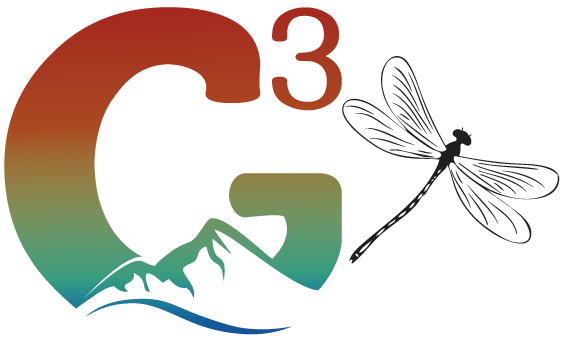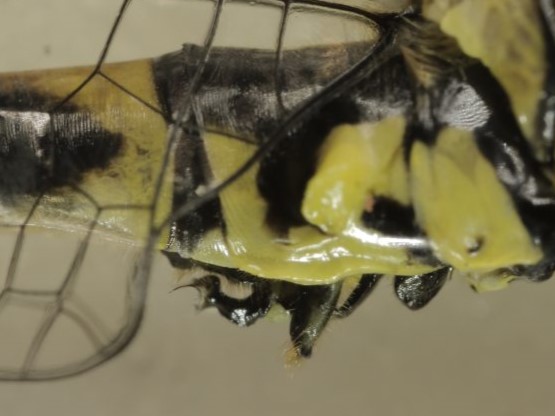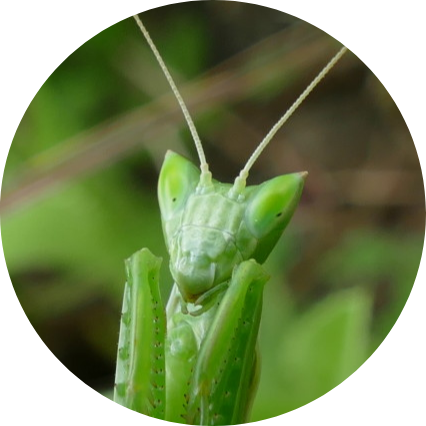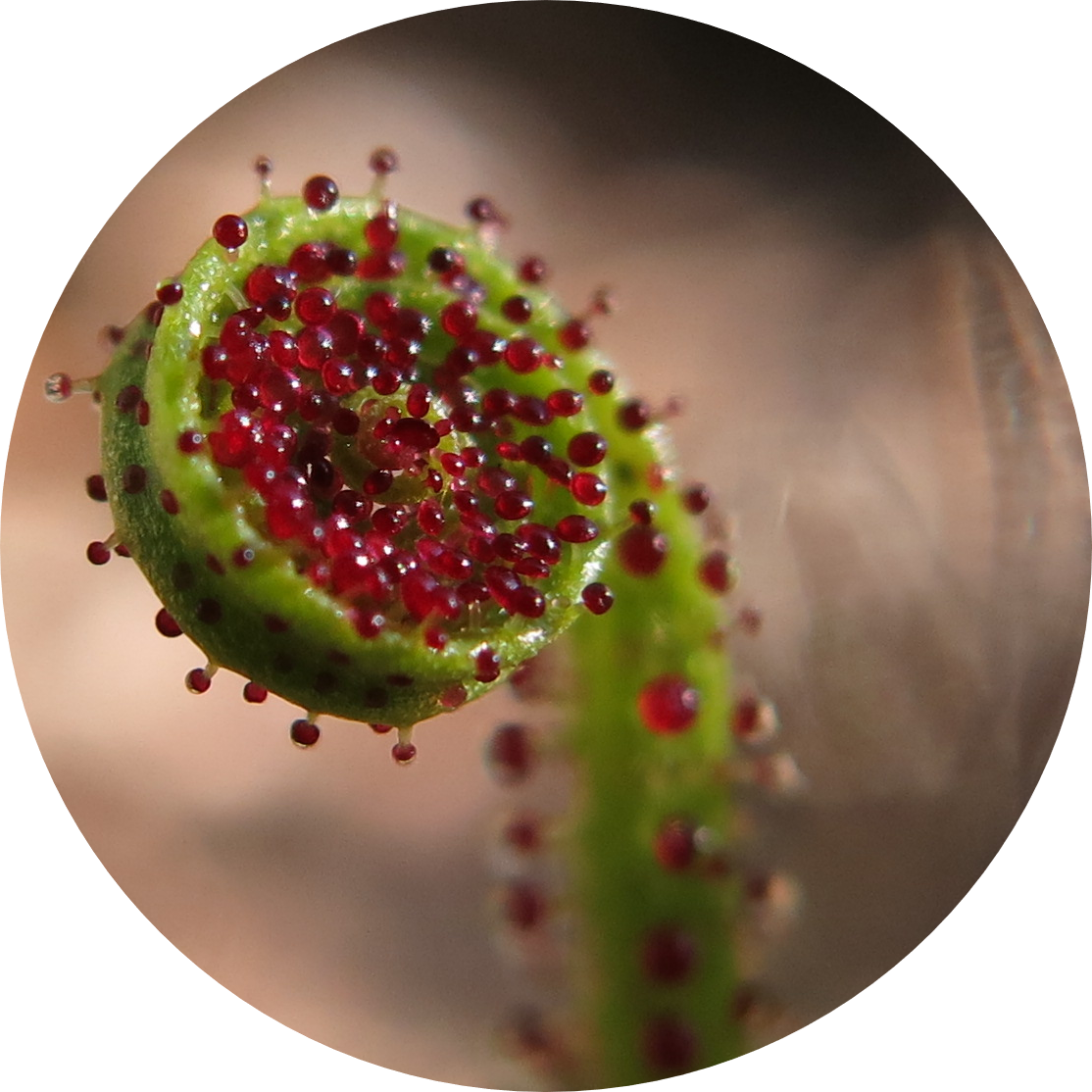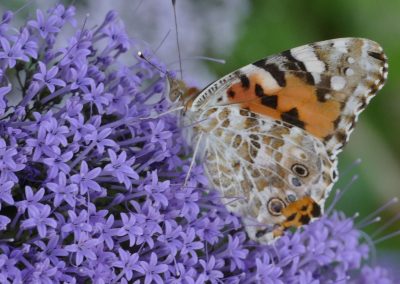The seasons in Andalusia: Serranía de Ronda

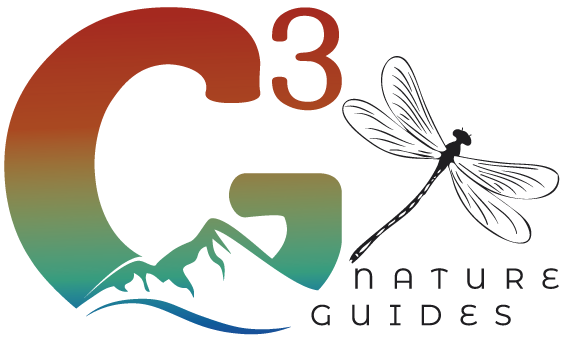


Natural park
According to visit
Seasons
Spring / Autumn / Winter
À la carte
The most interesting biodiversity


– Ecological and wildlife spots
– The season’s Fauna/Flora
– Birds, dragonflies & Butterlies

Region
Spain / Andalusia
Meeting point
According to visit
Specialized service
Small parties
Let us show you its natural wonders that change with the progress of the seasons. Each month, a plant, an animal or a type of mineral stands out … not for nothing we find ourselves in one of the best preserved ecosystems in the entire western Mediterranean.
Each species is the perfect pretext for short walks and talks that bring us closer to the natural environment.
Discover the Mediterranean biodiversity
Andalusia, a biodiversity hotspot in Europe, with many endemic or very rare species in the rest of the continent. Without forgetting a multitude of white villages, each more attractive.
We will adapt the tour according to the needs of the group and the month of the visit to enjoy the best natural spectacle of the moment. Find more information under the tab What to see in Andalusia / Natural spectacles.
Almanach – Biodiversity in Serranía de Ronda
January | Surprises in winter, almond trees in bloom and the sun
Cork oaks with evergreen foliage make us forget winter… First aromas of spring with the flowering of almond trees, stinking bean trefoil and the first daffodils. The sun’s ray activates the flight of the Spanish festoon (Zerynthia rumina) and domestic bees in fruit trees. The summit of the Sierra de Las Nieves is sporadically covered in snow and offers us the chance to experience several seasons in the same day.
Tours in Andalusia: one of the best tours in Europe: Doñana and its large flocks of wintering birds and the Iberian Lynx.
February |Life is already getting busy
The large birds of prey, griffon vultures and Bonelli’s eagles, are busy in their nuptial processions and are particularly visible on the cliffs. In the coastal plains, not subject to frost and close to the Strait, monarch butterflies (Danaus plexippus) are abundant, the adults in flight and the caterpillars on their host plant. The biodiversity of ponds is close to its peak with large branchiopods and amphibians.
Tours in Andalusia: ideal time for aquatic biodiversity in ponds and wetlands and always observe lynx in the Sierra de Andújar.
March | Spring: thermal amplitude between day and night
A good time to explore the Pinsapo forests. Spring is early and fleeting in Andalusia… Winter precipitation will determine the phenology of flowering, the persistence of ponds and the extent of the explosion of life in Mediterranean ecosystems. White storks occupy their nests and early species are visible.
Experience spring in Andalusia and take a complete tour of the province of Málaga to discover the best of Mediterranean biodiversity.
April | The vigor of orchids and peonies
Important migrations across the Strait… Raptors, many Black Kites, fly over the Serranía. Peak of orchids, such as Ophrys, Orchis, Serapias, etc. very common in Andalusian limestone meadows. The glorious blooming of peonies is a sight like no other. Butterflies in abundance such as the endemic Polyommatus lorquinii in the scrublands. The poppies are fading and announce the end of spring.
Tours in Andalusia: Great time to discover all the richness of the birds of Doñana and the pre-nuptial migration in the Strait of Gibraltar.
May | Dragonflies in the rivers
The decadence of spring and its large flowering umbellifers which attract many insects. Serranía’s birds, Cirl buntings, Blue Rock-trushes, Black wheatears, etc. are breeding. In the rivers, kingfishers, golden orioles and dippers are busy. Peak season for running water dragonflies, among the most sought after: Macromia, Oxygastra and Gomphus graslinii.
Tours in Andalusia: Odonates of south-west Europe.
June | Summer and tropical nights
Already the herbaceous vegetation is withering in the sierras, except at the highest altitudes. The temperature is high day and night. When the sap falls, the cork is harvested. The month of Mediterranean Fireflies and Pine Chafers, visible very briefly. Numerous orthoptera in dry meadows and scrublands. Breeding birds (tits) disperse in families in the woods.
Tours in Andalusia: Sierra Nevada, Sierras de Cazorla, Segura and Las Villas.
July - August | The scorching summer
Difficult times for biodiversity. Travelers focus on the coast or visit the mountains. Southern (African) dragonflies thrive in streams. Nighttime is conducive to numerous nocturnal insects. Unfavorable season except for Orthoptera at altitude, especially in the eastern sierras like Sierra Nevada. In August the storks begin their migration.
It’s time to migrate to northern Spain and Cantabria.
September | Post-breeding migration of greater gliders
The migration of storks and kites (by the tens of thousands) gives way to other birds of prey and black storks. The soil is dry and herbaceous vegetation is almost non-existent… Look for waterbirds (white-headed duck, etc.) in the gravel pits and permanent lagoons, dragonflies on the larger rivers, particularly Migrant hawker and Desert darter. After the first autumn rains, second generation of Mediterranean crickets and the powerful bellowing of the Red deer.
Tours in Andalusia: post-nuptial migration in the Strait of Gibraltar.
October | Autumn fruits
Strong peak in abundance of the African Monarch (Danaus chrysippus). Young griffon vultures of the year migrate to Africa. Curiously, Mediterranean smilax and Flax-leaved daphne flower at this season. The wild fruits of the Mediterranean forest ripen and are the delight of passerines. Their migration is remarkable on the coast and wintering birds arrive in numbers… common cranes, gannets, etc. Cattle egret numerous at their roosts.
November | The copper forest and the perennial cork forest
Deciduous trees take on their fall colors (the copper forest) before losing their foliage. Mountain birds winter in the sierras and water birds in the marshes.
December | The salamanders
Rainy nights and mild temperatures (over 12ºC) are ideal for the activity of amphibians, particularly betic salamanders.
Local birdwatching hotspots
- Las Buitreras (Cortés de la Frontera)
- Mirador de África (Benarrabá)
- Sierra El Hacho (Gaucín)
- Sierra Crestellina (Casares)
- La Junta de los Ríos (Casares)
- Manilva ‘Estuary’
- Llanos de Líbar (Montejaque)
- Arroyo Ventillas (Ronda)
- Los Reales de Sierra Bermeja (Estepona)
- Los Riscos de Cartajima
INCLUDE
- A wildlife watching day trip.
- Professional guides specialized in nature.
Bonus
We will show you the place where we live and the most beautiful corners at their best moment.
